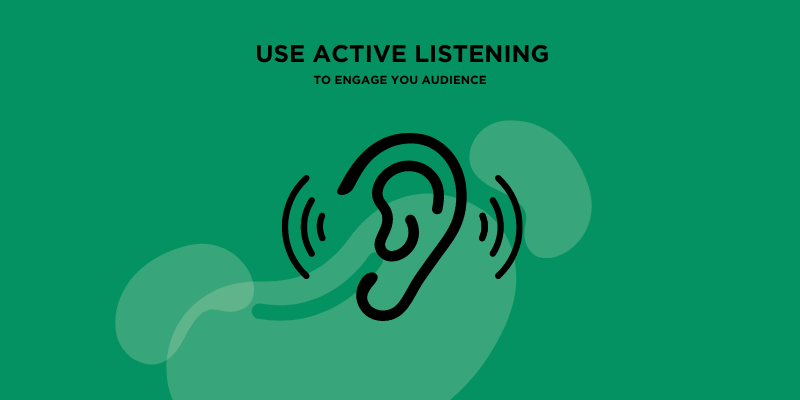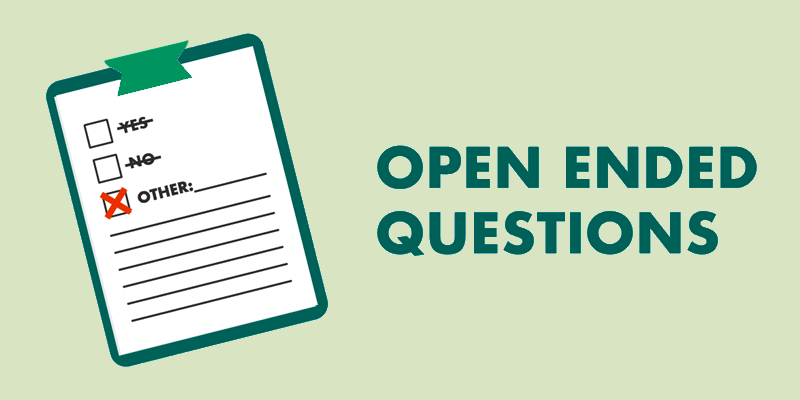Communication is the cornerstone of human interaction. Whether you’re meeting new people, catching up with friends, networking, or simply trying to make a connection, effective communication is, what I consider THE MOST VALUABLE SKILL. As an Adulting Decrypted listener, you understand the importance of continuously improving yourself, and mastering the art of conversation is a significant step in that journey. Now, let’s explore seven essential tips on how to talk to people to create deeper and more meaningful connections!
Tip 1: Active Listening

One of the most crucial aspects of effective communication is active listening. It’s not just about hearing the words someone is saying; it’s about truly understanding their message, emotions, and perspective. Active listening involves:
- Giving Your Full Attention: When engaging in a conversation, put away distractions like your phone or other thoughts and focus entirely on the person speaking. This shows respect and genuine interest in what they have to say.
- Maintaining Eye Contact: Establishing and maintaining eye contact conveys your attentiveness and interest. It also helps build trust and rapport.
- Nonverbal Cues: Pay attention to the speaker’s body language and tone of voice. These nonverbal cues often reveal more about their emotions and thoughts than their words.
- Refrain from Interrupting: Allow the speaker to express themselves fully before responding. Interrupting can be perceived as disrespectful and may hinder the flow of the conversation.
- Reflective Listening: After the speaker has finished, paraphrase or summarize what they’ve said to show that you’ve been actively engaged in the conversation.
S-5 E-8: How to Express Yourself Over a Phone Call
Active listening is the foundation of any meaningful conversation. By making a conscious effort to be fully present, you can create deeper connections with others and gain valuable insights into their perspectives.
Tip 2: Show Empathy
Empathy is the ability to understand and share the feelings of another. It’s a powerful tool in any social interaction and can make people feel heard and understood. Here’s how to demonstrate empathy in your conversations:
- Put Yourself in Their Shoes: Try to see the situation from the other person’s perspective. What might they be feeling or going through? This perspective shift can help you respond more empathetically.
- Validate Their Feelings: Acknowledge the other person’s emotions, even if you don’t necessarily agree with their point of view. Expressing understanding and validation can be incredibly comforting.
- Avoid Judging: Reserve judgment, criticism, or unsolicited advice until the person asks for it. People are often looking for a listening ear, not a problem solver, when they share their feelings.
- Use “I” Statements: When discussing your own experiences or emotions, use “I” statements to express your feelings without making the other person defensive. As an example, say, “I feel” rather than “You make me feel.”
S-6 E-1: The Art of Relationships
Empathy is a vital element in building strong and supportive relationships. It fosters trust, emotional connection, and a sense of mutual understanding.
Tip 3: Ask Open-Ended Questions

Open-ended questions are those that cannot be answered with a simple “yes” or “no.” They encourage deeper and more meaningful conversations. When you ask open-ended questions, you invite the other person to share their thoughts and feelings more expansively.
Here are some examples:
- Instead of asking, “Did you have a good weekend?” you can ask, “How was your weekend? What did you do?”
- Rather than saying, “Are you enjoying your new job?” try, “What do you like most about your new job, and are there any challenges you’re facing?”
- Instead of asking, “Do you like to travel?” inquire, “What are some of your favorite travel destinations, and what kind of experiences do you enjoy while traveling?”
Open-ended questions not only keep the conversation flowing but also show that you’re genuinely interested in the other person’s experiences and opinions. This can lead to more engaging and satisfying interactions.
Tip 4: Decrypt the Art of Small Talk
Small talk serves as a bridge to more meaningful conversations. It’s especially important when meeting someone for the first time or trying to build rapport. To master the art of small talk:
- Start with a Warm Greeting: Begin the conversation with a friendly smile and a warm greeting. This sets a positive tone.
- Comment on the Environment: Observe your surroundings and make relevant comments about the weather, the event you’re attending, or any shared experiences.
- Ask About Interests: Inquire about the other person’s hobbies, interests, or recent experiences. This helps you find common ground and topics of mutual interest.
- Share a Personal Anecdote: Offering a brief, relevant personal story can make the conversation more relatable and help the other person feel comfortable sharing.
- Use Compliments: Genuine compliments, when appropriate, can brighten the conversation. Compliment their clothing, or a shared interest.
I know we all need some help when it comes to dating and small talk so make sure to listen to our conversation with Leta Greene!
S-4 E-3: How to be Better at Dating(ft. Leta Greene)
Small talk is an essential skill in connecting with people, as it lays the foundation for more meaningful discussions. Don’t underestimate the value of seemingly trivial conversations; they can lead to deeper connections over time.
Tip 5: Mind Your Body Language

Your body language can speak louder than your words. It’s crucial to align your nonverbal cues with your verbal communication to convey sincerity and build trust. Here are some key aspects to consider:
- Maintain an Open Posture: Avoid crossing your arms, as it can signal defensiveness. Instead, keep your posture open and relaxed to appear approachable.
- Smile: A genuine smile can go a long way in making others feel comfortable and welcomed. It also portrays a positive attitude.
- Maintain Good Eye Contact: As mentioned earlier, eye contact is crucial. It shows you’re engaged and interested in the conversation.
- Use Mirroring: Subtly mirroring the body language and gestures of the person you’re speaking with can help establish a connection and rapport. Be careful not to overdo it, as it should appear natural.
- Control Your Tone and Pitch: The tone of your voice can convey your emotional state. Be mindful of your pitch and volume to match the context of the conversation.
Your body language should complement your words, creating a coherent and trustworthy message. Being aware of your nonverbal cues and adjusting them as needed can significantly improve your communication skills.
Tip 6: Be Mindful of Your Tone and Language
The words you choose and the way you deliver them can greatly impact the effectiveness of your communication. Here are some considerations:
- Speak Clearly and Confidently: Ensure your words are clear, and your voice is steady. Speaking confidently conveys that you believe in what you’re saying.
- Use Positive Language: Framing your statements in a positive manner can lead to more optimistic and constructive conversations. Instead of saying, “I can’t do that,” try, “I’ll give it a shot.”
- Avoid Blame and Criticism: When addressing problems or conflicts, use “I” statements to express your feelings and needs instead of blaming or criticizing the other person.
- Stay Calm: In heated or emotional discussions, maintain your composure. Staying calm and collected can defuse tense situations and keep the conversation productive.
- Limit Filler Words: Minimize the use of filler words like “um,” “uh,” and “like.” These can make your speech less clear and confident.
For a full episode of how to talk to people, look no further then our 3rd ever epsiode!
S-1 E-3: How Do I Talk to People?
Your choice of words and the way you speak can influence the tone and direction of the conversation. Mindful communication can help you express your thoughts more effectively and connect with others on a deeper level.
Tip 7: Practice and Learn from Every Conversation
The final tip on how to talk to people is perhaps the most important: practice and continuous improvement. The more you engage in conversations and apply the previous six tips, the more proficient you’ll become. Here are some additional suggestions:
- Reflect on Your Conversations: After each interaction, take a moment to reflect on what went well and what could be improved. This self-assessment is an essential part of growth.
- Seek Feedback: Ask friends, family, or mentors for feedback on your communication skills. They can provide valuable insights and suggestions for improvement.
- Read and Learn: Explore books, articles, and courses on communication and interpersonal skills. Gaining knowledge can help you refine your abilities.
- Join Groups and Clubs: Engaging in group activities, clubs, or volunteering opportunities can provide you with more chances to practice and hone your communication skills.
- Step Out of Your Comfort Zone: Don’t shy away from challenging conversations. Embrace them as opportunities to learn and grow.
Mastering the art of conversation is a continuous journey, and these seven tips are your roadmap to becoming a more effective and empathetic communicator. As a self-help enthusiast, you understand the value of personal growth and self-improvement, and these communication skills are integral to your journey.
By actively listening, showing empathy, asking open-ended questions, mastering small talk, being mindful of your body language, controlling your tone and language, and continually practicing and learning, you can connect with people on a deeper level, build stronger relationships, and navigate social situations with confidence.
This is a great blog post Gid!